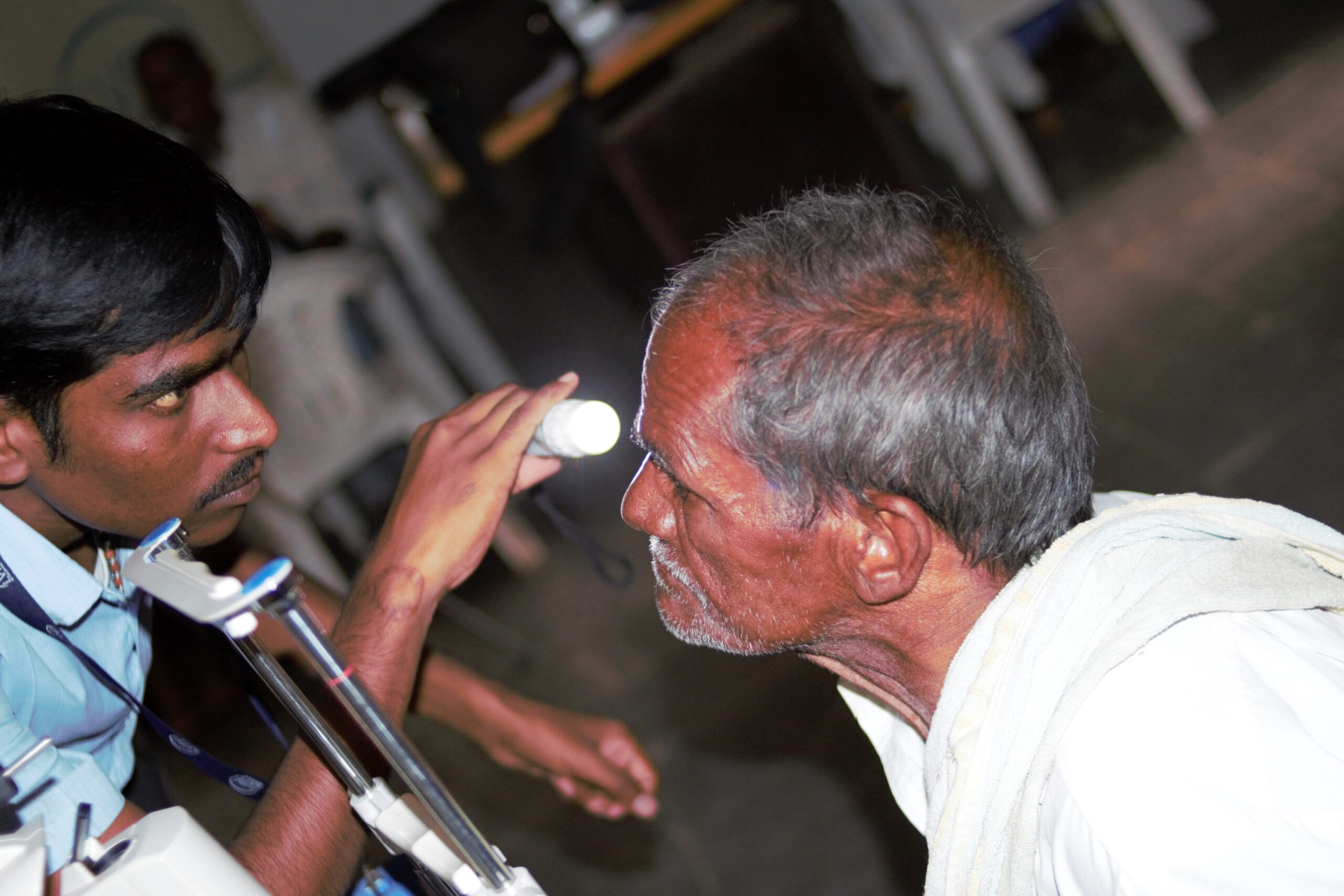Key community eye health messages

Related content
Preventing keratoconus following ocular allergies:
• Avoid rubbing your eyes – rubbing can thin the cornea, increasing the risk of keratoconus and potential vision loss.
• Treat allergies promptly – both seasonal and perennial allergies should be managed to prevent corneal damage or complications like shield ulcers.
• Recognise red flags – refer patients to an ophthalmologist if they report severe pain, sudden vision loss, persistent symptoms, or signs of infection.
Managing dry eye:
• Recognise and treat early symptoms – early intervention helps prevent symptoms from worsening.
• Maintain a balanced tear film – the tear film consists of three layers essential for comfort and clear vision.
• Adopt lifestyle changes – reduce screen time, stay hydrated, and maintain good eyelid hygiene to improve dry symptoms.
Preventing the progression of keratoconus:
• Monitor regularly – frequent corneal scans and check-ups help detect early signs of disease progression.
• Tailor treatment to corneal thickness – treatment protocols, including riboflavin and UV exposure, should be carefully adjusted to ensure safety.
• Consider corneal cross-linking – this procedure can halt or slow the progression of keratoconus, preserving vision over time.
